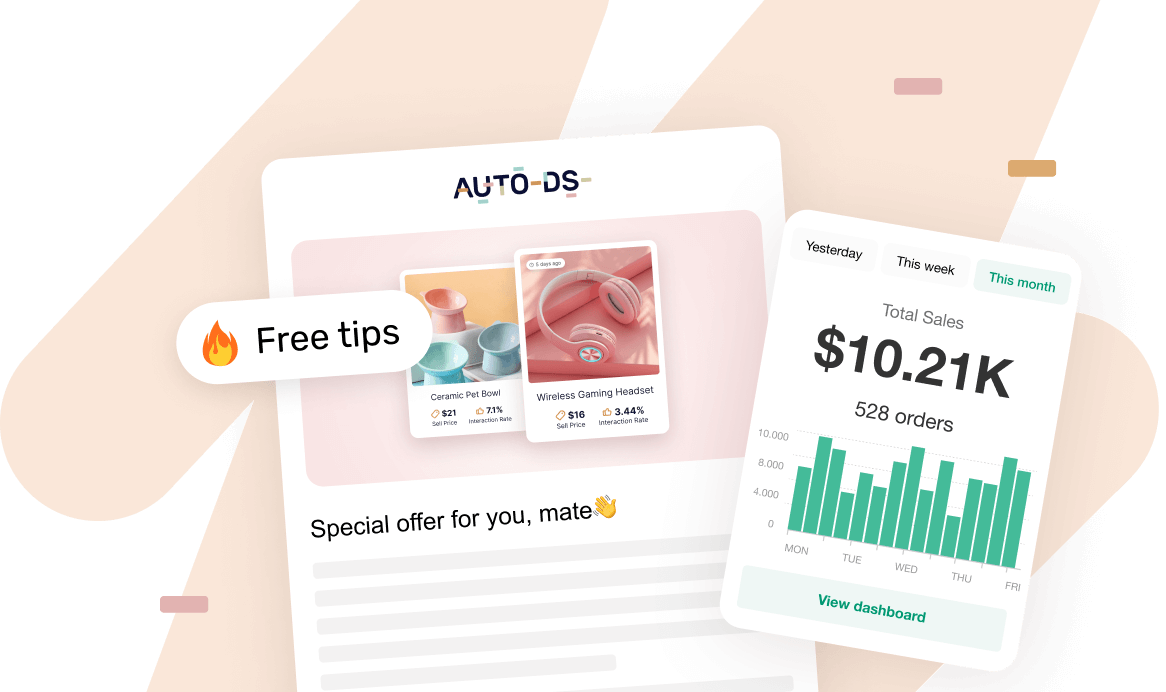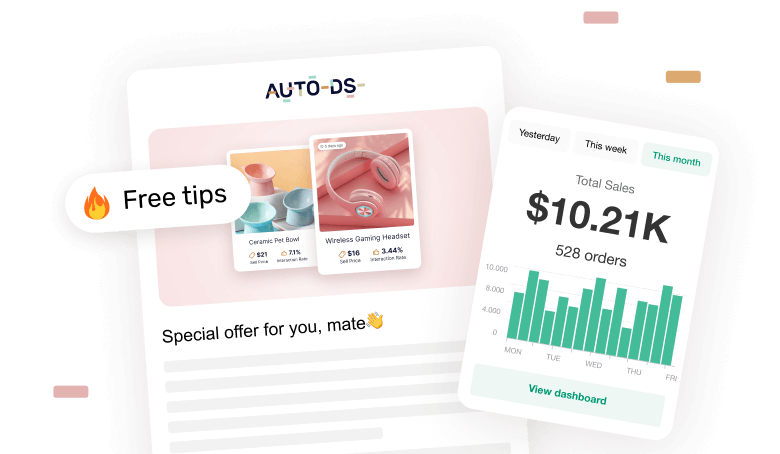Learning how to install the Facebook Pixel is an important part of every Facebook Advertising campaign. This powerful tool can track events on our Shopify store, telling us about every visitor’s action on the site.
For example, if someone clicks on a product or adds it to their cart, a record of that action is kept by Facebook Pixel.
The data collected by Pixel can help us target ads to customers most likely to purchase from our Shopify store. As long as you have a Facebook Business Manager and a Facebook Ads account, you will be able to install the Facebook Pixel and begin reaping its benefits.
Here is a step-by-step guide to installing the Facebook Pixel in a Shopify Store.
How To Install Facebook Pixel On A Shopify Store

To begin, first head to the Facebook Business Manager and sign in. Once on the homepage, go to the left side, click on ‘More Tools.’ Then, from the menu that appears, click ‘Events Manager’.
Steps: ‘More Tools’ > ‘Events Manager’ > ‘Connect Data Sources’

A new tab opens with the Events Manager page. Here we first make sure that the right ad account is selected. At the top right, click on the drop-down menu and select the correct account.
Next, click on the green plus icon on the left column that says ‘Connect Data Sources’.

From the four options in the popup, click ‘Web,’ then ‘Connect.’

On the next window titled Set up Web Events, click on ‘Facebook Pixel.’

Then, Facebook asks us to enter our business information and website URL. Fill those in and click ‘Continue.’
Since you can install more than one Facebook Pixel, it’s best to give it a name so you can recognize it in the future. In this case, we call it “Doggy Dog Club pixel” because it belongs to that particular Shopify store.

Next, Facebook gives two possible ways to install the Pixel on our Shopify store. Select the ‘Use As Partner’ option on the right.

From the list of Facebook partners that populates, select ‘Shopify.’

At this point, Facebook asks if you’ve set up a connection to your Facebook account on Shopify. This will allow Facebook to track events that happen in our store. The information will be useful later, so we know how to target the right audiences with ads.
Complete The Facebook Pixel Set Up On Shopify
We’re well on our way to installing the Facebook Pixel. However, before we finish, we’ll first need to connect the Pixel to our Shopify store.
Steps: ‘Online Store’ > ’Preferences’ > ’Set Up Facebook’ > ’Add Sales Channel’ > ’Connect Account’
Open a new tab with your Shopify store and ensure that you are logged in.
Once on your Shopify Dashboard, click on ‘Online Store’ and select ‘Preferences.’

Scroll down to Facebook Pixel and click on ‘Set Up Facebook’.

Shopify asks if we want to add Facebook since it integrates both platforms to gather data.
Scroll down to the bottom of the page and click on ‘Add sales channel’.

To confirm that you allow Shopify to access your Facebook account, click on ‘Connect account’.

For security reasons, we are prompted to enter our Facebook password. After entering your password, click ‘Continue’.

So that you make the most of integrating your Facebook page with the Shopify store, click ‘Continue’ when asked about access.

The pop-up window then closes.
You’re almost done installing the Facebook Pixel on Shopify. But first, Shopify will ask your permission to connect aspects of your Facebook account or page to its system.
It’s a bit tedious to go through all the steps. But these steps ensure the pixel works correctly down the line. So don’t give up. Just take it one step at a time, and if something does not work, go back one step to see what you may have missed.
Integrate The Pixel With Your Shopify Store
On Shopify, under ‘Business Manager,’ select the correct account. Then, click ‘Connect.’
If you see more than one account, make sure to select the Business Manager that is attached to the Facebook Page that you’ve set up for your Shopify store.

Next, Connect your Ad account. If you’ve previously set up a Facebook Ad account correctly, it should now show up as an option. Make sure you select the right account and click ‘Connect.’
If you don’t see it, go to the Business Manager on Facebook and create an Ads account for your store’s Facebook page.

Connecting our Facebook Ad account also means that we are giving Shopify permission to use our Facebook account to target audiences with ads.
Go ahead and view each set of Facebook’s terms by clicking on ‘View and Accept terms.’

This action takes you to Facebook, where you can review the specific terms. There, you find details of how Facebook targets clients with your ads and how it uses the data you collect from third parties.
It is a good idea to review these terms by skimming through them. Finally, click ‘Accept’ for each.

Once you’ve accepted both sets of terms, go back to the Shopify tab and click ‘Done.’
After connecting the Ad account, Shopify checks to see if you added a payment method on Facebook. If you haven’t already done so, it is a good idea to add one.
As you guessed, on the ‘Facebook Page’ section, click ‘Connect’ again, but make sure to connect to the correct page. Sometimes Shopify can help you decide which one if you aren’t sure.

Only a few more steps until our Facebook Pixel is fully integrated into Shopify.
The next step is important, because it ensures that the pixel collects data correctly. It also effectively deploys your Facebook Ads when you choose to start a campaign.
First, turn on customer data sharing. Then, choose the ‘MAXIMUM’ option so that your Pixel collects the most amount of data it possibly can and maximizes the conversion rate of your ads.

Right below your data sharing option, Shopify asks you to select which Pixel to use. If you ever created more than one or didn’t realize that you did, there is a simple way to determine which one to select.
As you recall, earlier, we named the Facebook Pixel. This name will appear now on Shopify.
If you still aren’t sure which to choose, go based on the ID#. Ensure that it matches the Facebook Pixel you just created on the Facebook Business Manager.
Don’t confuse this ID number with the account number of your Facebook Manager.
Either way, once you go through the next steps, you’ll know whether you selected the right Pixel. If you didn’t, you can always go back and choose the correct one.

If the ID number is correct and you recognize the name of the pixel you added earlier, click ‘Connect.’
Testing The Facebook Pixel
Before moving forward, you want to make sure that you did, in fact, install the Facebook Pixel correctly and that it tracks events on your store’s website. Go back to the Facebook Business Manager tab and checkmark that you have completed the Shopify setup.

Now click on ‘Next’. In the following tab, type in your Shopify store web address and click ‘Send Test Traffic.’

A new tab opens with your website. Click on a couple of products and come back to the Facebook tab. If the pixel works, a green dot will appear, confirming that all is in order.
If you’ve done all steps correctly and Facebook still shows “No Activity Yet”, simply close the popup. We need to test the Pixel with the Test Events option fully. This gives us the most accurate answer.
To test your Pixel thoroughly, click on the ‘Test Events’ tab, and enter your Shopify store web address.
Then, click on ‘Open Website.’

Like in the previous step, perform a couple of actions on your Shopify store like viewing an item, clicking on ‘Add to Cart,’ etc. Then, go back to the Facebook Pixel.

If you see something similar to the above screenshot, that is good news! The pixel is working as it should.
You can view the specific actions and the exact time they took place. Imagine that soon you’ll be able to collect valuable data that can translate into dropshipping profits!
Looking Ahead
We know the information is detailed and a bit technical. Keep a positive attitude – there is plenty of light at the end of the tunnel. If you don’t understand something or things don’t work as expected, you can always scroll up and reread the portions you had trouble with.
The steps we just took to install the Facebook Pixel are not only helpful for ad campaigns. The pixel gives us a log of all events happening on our website. This is valuable information we can use in many ways to improve our store and increase our sales in the future.
To finish off, there are plenty of ways to improve the overall traffic and sales in your dropshipping business. Don’t miss these three articles that will help you reach these goals, and enjoy high-quality traffic and sales!
















